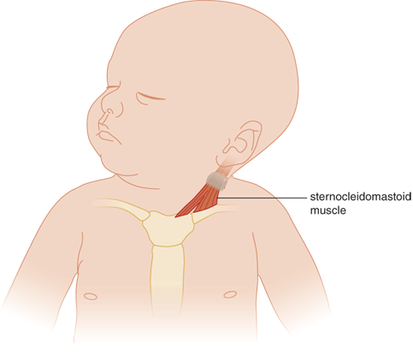Pediatric Torticollis
What is Torticollis?Torticollis, meaning "twisted neck" in Latin, is a condition that typically affects babies from 0 to 3 months of age. Sometimes referred to as wryneck, torticollis is a relatively common condition in children.
Generally, torticollis is classified as either congenital, meaning present at birth, or acquired and occurring later in childhood. Congenital muscular torticollis is by far the most common form of pediatric torticollis. Typically occurring due to a baby's position in the womb or following a difficult childbirth, this type of torticollis develops from a tight or short muscle in the neck called the sternocleidomastoid. This muscle is responsible for side bending and rotation of the neck. When tight or short, this muscle causes a child's head to tilt slightly sideways in one direction and rotate slightly in the opposite. If left untreated, a torticollis can lead to plagiocephally - the development of a flat spot on one side of a baby's head. |
Signs & Symptoms
|





